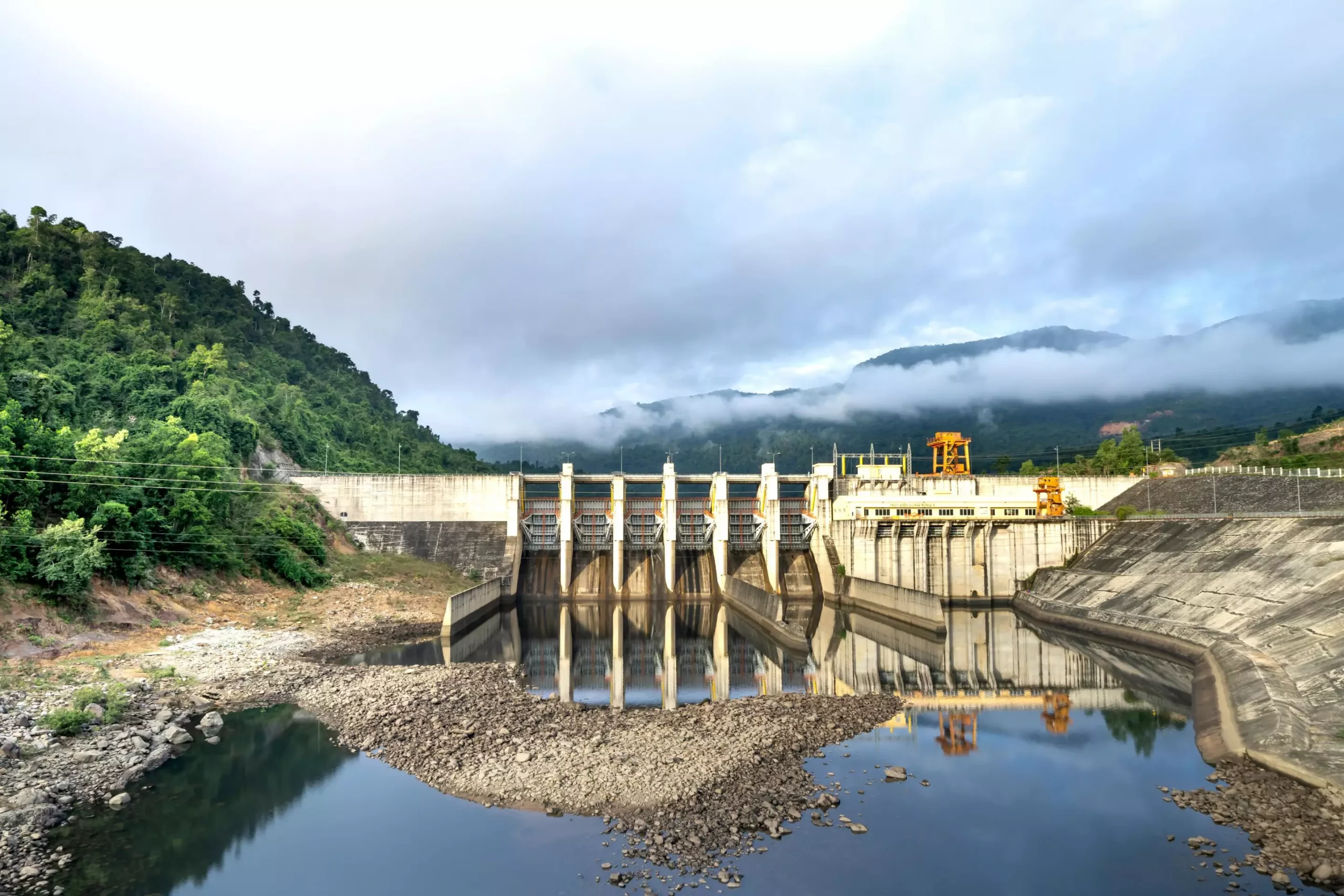Hydropower has long been celebrated as a cornerstone of sustainable energy production, providing significant contributions to the energy grids of various states. However, an emerging shadow looms over this renewable resource, as prolonged drought conditions threaten its efficacy and reliability. Researchers from The University of Alabama have undertaken a meticulous study, shedding light on the challenges posed by drought to hydropower generation. Their findings, published in Environmental Research Letters, illustrate not only the economic repercussions of diminished hydropower output but also highlight the urgent need for state-specific strategies that encompass diversifying energy sources and improving water management.
The analysis conducted by the Center for Complex Hydrosystems Research at The University of Alabama uncovered startling data over an 18-year span from 2003 to 2020. The decline in hydroelectric power generation amounted to a staggering estimated loss of $28 billion across the nation. This deficit was not just a matter of missed opportunities; it imposed significant economic burdens on facilities that rely heavily on hydropower. When local energy demands exceeded available hydroelectric output, states were compelled to source power from less environmentally friendly alternatives, such as natural gas. Consequently, this shift not only increased operational costs but also birthed a higher carbon footprint, underlining the intricate link between drought conditions and environmental impacts.
In pursuing their research, the team aimed to challenge the predominantly held belief that flooding poses the primary risk for energy production in the face of climate change. Dr. Hamid Moradkhani, a prominent figure in the study, suggests that drought should occupy a more central role in public discourse regarding climate vulnerability. His assertion is particularly poignant given that mitigation planning often neglects the implications of drought on hydropower. Ultimately, recognizing and addressing these risks in public and policy discussions could lead to significant advancements in both planning and preparedness regarding energy sector resilience.
The study meticulously examined the varied responses and adaptations of different states to hydropower vulnerabilities. Among the states, Nevada emerged as notably resilient despite its predominantly arid landscape. The Hoover Dam’s capacity to store vast amounts of water served as a buffer against the adversities of drought, illustrating how strategic infrastructure can enhance regional adaptive capacities. Conversely, states that exhibited lower adaptability suffered greater losses during drought periods. Alabama, while relying on hydropower for about 7% of its electric generation, demonstrated comparatively less vulnerability due to its ability to cope with less severe drought conditions.
The environmental implications of reduced hydropower generation extend far beyond the economic realm. The transition to alternative energy sources, particularly natural gas, to fill the void left by lost hydropower production resulted in substantial increases in harmful emissions. The study noted an alarming 10% surge in carbon dioxide (CO2) and a 24% rise in nitrogen dioxide (NO2) emissions nationwide. These statistics accentuate the often-overlooked environmental costs associated with relying on non-renewable energy sources during droughts. Such data serves as a powerful reminder that planning for drought impacts must extend beyond immediate economic considerations to encompass broader ecological consequences.
Undoubtedly, the findings from this research call for a paradigm shift regarding how states approach their energy planning and management strategies. The regional vulnerabilities unveiled by the analysis highlight the crucial need for customized strategies that reflect the unique circumstances of each state. Fostering resilience will require diversifying energy sources, enhancing water management practices, and investing in infrastructure improvements. Moreover, stakeholders must engage in comprehensive dialogue to develop solutions that promote sustainability and mitigate the adverse effects of climate change.
While hydropower remains a vital component of the clean energy landscape, prolonged drought conditions pose significant challenges that necessitate recalibrated strategies and perspectives. The invaluable insights offered by The University of Alabama’s research illuminate the complexities of energy generation vulnerabilities while urging proactive measures against future drought threats. Embracing a nuanced understanding of these dynamics is essential for fostering greater resilience and securing the sustainability of the energy sector in a changing climate.


Leave a Reply